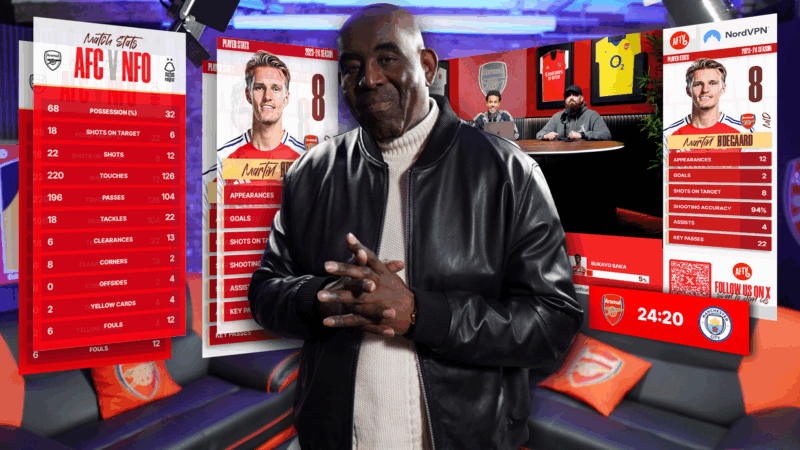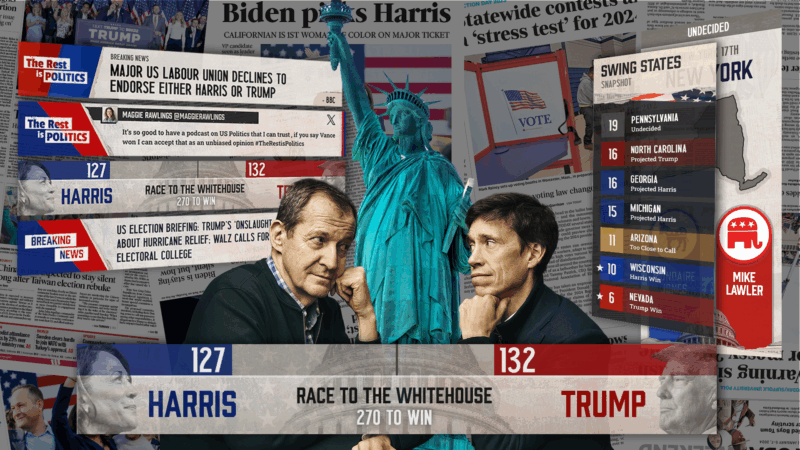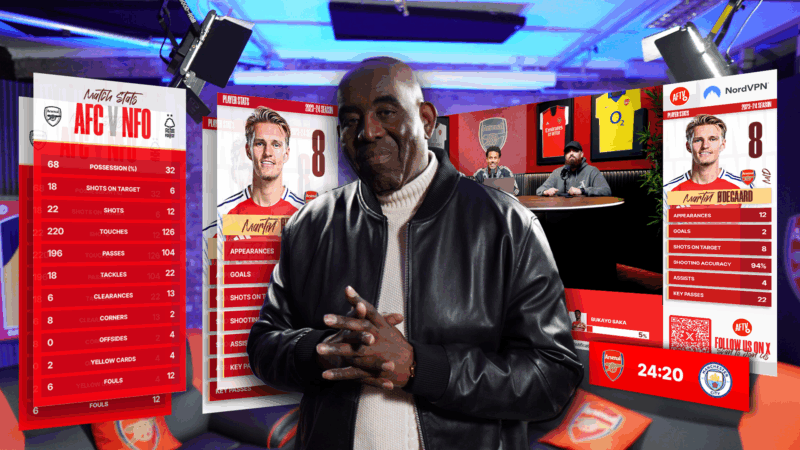“Young people just aren’t into long-form content.” That’s the logic driving the marketing engine of the world’s biggest brands. But here’s the thing, it’s wrong.
The top streamers we partner with go live for hours. Multiple times a day. YouTube pulls massive audiences who stay glued to entire broadcasts. It looks like those who traditionally control the narrative are confusing short attention spans with something else entirely. An attention shift.
Audiences don’t have limited attention, they have limited patience. They won’t think twice about watching a three-hour livestream if it’s worth staying for. But a 30-second ad that misses the mark? They’re gone. Here are three reasons why brands have got it wrong about attention spans, and how to turn the shift into your advantage.
Reason 1: It’s Not About Time. It’s About Value.
The average person spends six hours per day on media and entertainment. Brands and creators are all battling to cut through that noise, and Gen Z is right in the thick of it, mobile device in hand, multitasking like a pro. They’re watching live sports on one screen while their phones light up with the second-screen experience.
Social media advertising hit $247 billion in 2024, creating a real-time war for significance. And the prize? Revenue. Data. Brand loyalty is built on real community. Brands must understand that today’s audiences have zero patience for sub-standard content.
Reason 2: They’re Trying to Reach Everyone. Attention Is Personal.
Brands keep building one-size-fits-all campaigns, hoping they’ll stick with everyone, everywhere. But that’s not how attention works.
Someone listening to a podcast on their commute isn’t in the same headspace as someone scrolling Instagram at lunch or jumping into a livestream after work. Same person. Different moments. Different needs. The most successful creators, teams, and campaigns get this. They’re not just showing up, they’re showing up in the right places, with the right message, at the right moment.

Traditional broadcasters pumping out generic content are missing the point entirely.
Your content needs to meet people where they are, when they’re ready to engage.
Reason 3: They’re Chasing Reach. Audiences Want Connection.
Research by Motista revealed that 71% of people recommended a brand because of how it made them feel rather than reach or volume.

Brands win by doing three things:
- Sparking an emotional response: People remember how you made them feel, not what you said. When your content hits them emotionally, they don’t just watch. They share, save, and come back.
- Building a community: Audiences don’t want to be talked at, they want to belong. Give them a space to connect with each other, and they’ll stick around.
- Making people feel like part of the story: When audiences see themselves in your content, it’s no longer just yours. It’s theirs. And that’s when they become your biggest advocates.
The algorithm doesn’t care about your budget. It favours authenticity. Grassroots football creators with under 10,000 followers, filming raw, authentic match footage are regularly outperforming professional clubs with massive marketing budgets.
Contemporary culture is interest-based and participatory. If your content moves someone, it can reach everyone. That’s the shift. That’s the opportunity.
Ready to dig deeper? Read The Great Attention Shift to see how we’re helping brands fuel engagement that lasts. Or contact us to talk about the best ways to connect with your audience on their terms because belonging changes everything.









